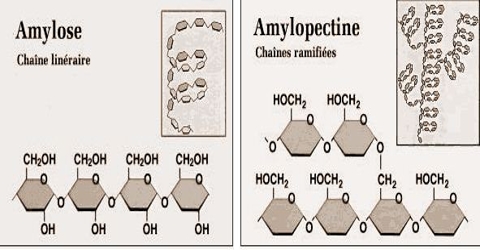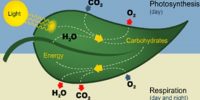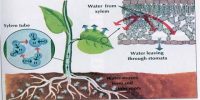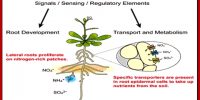Difference between Amylose and Amylopectin
Amylose is a straight-chain polymer of D-glucose units. Amylopectin is a branched-chain polymer of D-glucose units. Amylose is a glucose polymer with long chain-like molecules, while amylopectin consists of larger highly branched molecules (1 to 6).
Amylose
- It is a linear polymer of a-glucose. It is a polysaccharide made out of several monosaccharide units. The monosaccharide involved in the formation of amylose is D-glucose.
- It is water-soluble.
- It is a straight-chain structure.
- It constitutes about 10-20% of the starch.
- It forms a blue color with iodine. It gives a dark blue/black color when an iodine solution is added.
- It has 60-300 glucose units.
- It forms by C1 – C4 glycosidic linkage. It has α 1-4 glycosidic linkages.
- Soluble in hot water but does not form a starch gel or paste. It does not form a gel when hot water is added.
- Hydrolysis with Enzymes – It can be hydrolyzed with α amylase and β amylase enzymes completely.
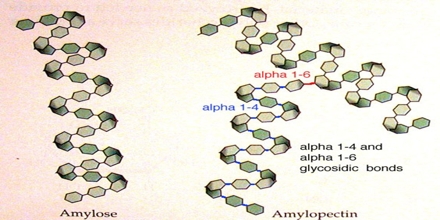
Amylopectin
- It is a branched-chain polymer of a-glucose. It is a polysaccharide that is composed of monosaccharides. Monosaccharides are D-glucose molecules. Starch contains about 80% of amylopectin.
- It is water-insoluble.
- It is a branched structure.
- It constitutes about 90-80% of the starch.
- It forms a red color with iodine. It gives a reddish-brown color when an iodine solution is added.
- It has 2000-200,000 units of glucose.
- It forms by C1 – C6 glycosidic linkage. It has α 1-4 glycosidic linkages and α 1-6 glycosidic linkages.
- Soluble in hot water with swelling. It forms a gel when hot water is added.
- Hydrolysis with Enzymes – Amylopectin cannot be hydrolyzed with α amylase and β amylase enzymes completely.
So, Amylose and amylopectin are two types of polysaccharides that can be found in starch granules. The main difference between amylose and amylopectin is that amylose is a straight-chain polymer whereas amylopectin is a branched-chain polymer. Amylose is usually insoluble in water, whereas amylopectin is soluble in water
